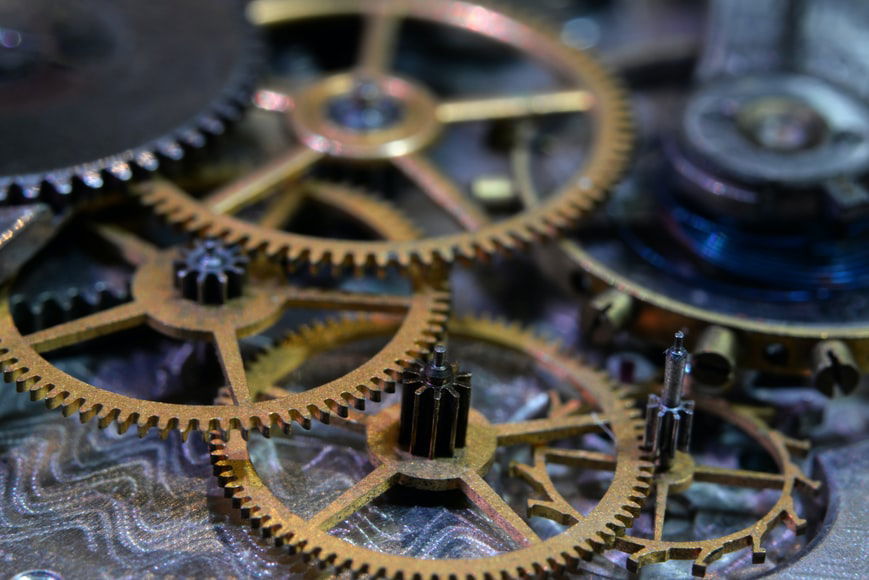Benefits of Industrial Polymer Gears

Industrial polymer gears are made from plastic. Plastic has improved over the years, and plastic has the same dimensional stability as metal. This material is also easier to work with and has a lower cost. The following are some important benefits of using plastic gears in your application. You can learn more about the pros and cons of each of these options below. You will be able to determine if these gears are right for you by reading on.
In most cases, a plastic gear will exhibit shrinkage between one and ten millimeters. The exact amount depends on the shape and size of the gear. In addition to this, the ambient temperature and time will affect the shrinkage rate. The shrinkage rate is usually expressed in millimeters per millimeter. For example, a 50-mm-pitch plastic-gear with a 0.022 m/mm-shrinkage rate will shrink by 1.1 m. Once cooled, the final size of the gear will be 48.9 m. When choosing a plastic material at https://www.intechpower.com/, keep in mind the coefficient of thermal expansion and the ability of plastic to absorb moisture.
These properties mean that a plastic gear may be more susceptible to warping than a metal gear, so ensure that the mold and the polymer gear are designed to account for this. The shrinkage of a plastic gear is measured in millimeters per millimeter. A 50-mm pitch diameter plastic-gear with a 0.022 m/mm shrinkage rate will be 1.1 m in the mold and will be 48.9 m at its final size. During molding a plastic gear, there is a chance of shrinkage. The ratio of rotational speed to the diameter of the molded gear is dependent on the materials used and the environment temperature and time.
The ratio between these three factors determine the final size of the gear. Considering the shrinkage rate, the final size of the molded gear will be 48.9 mm. However, this is not always the case.Visit this website at https://www.britannica.com/science/plastic for more info about gears. The coefficient of thermal expansion of plastics is four to 10 times greater than that of metals, and some plastics are hygroscopic. This means that the dimensional changes in plastic gears during molding and cooling are much more pronounced than in metal gears. Despite these disadvantages, industrial polymer gears are still a viable option for many applications. If you are looking for a gear that is resistant to high temperatures, plastic is the best option. Plastic gears are prone to dimensional instabilities and have a higher coefficient of thermal expansion. This means that it is impossible to manufacture a gear that has the desired tolerance.
In addition to this, dimensional instabilities of plastic gears can cause significant problems. If you want a gear to work without defects, it is important to avoid vibration. For this reason, it is important to avoid shocks and jolts. Know more about Industrial Polymer Gears here!
